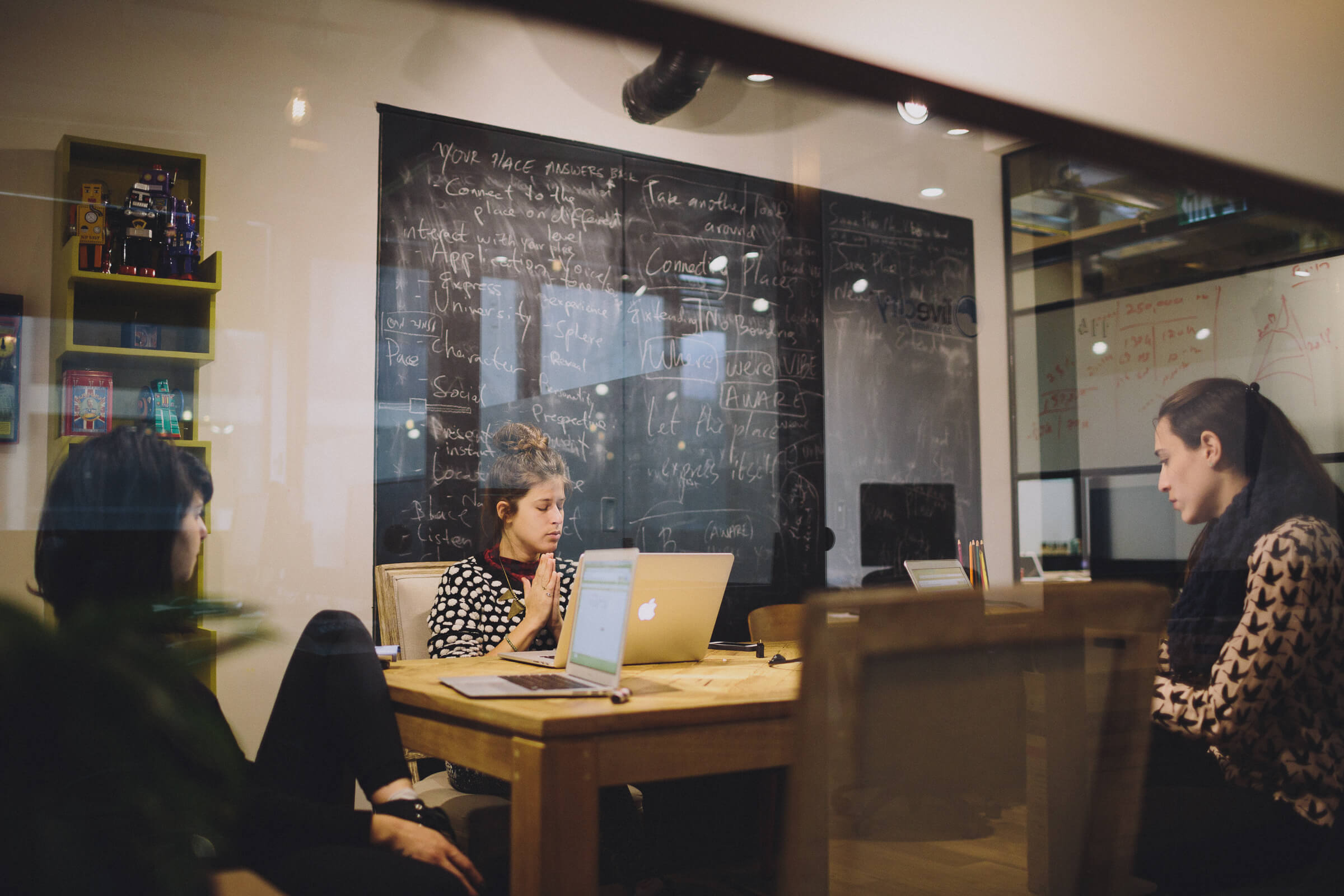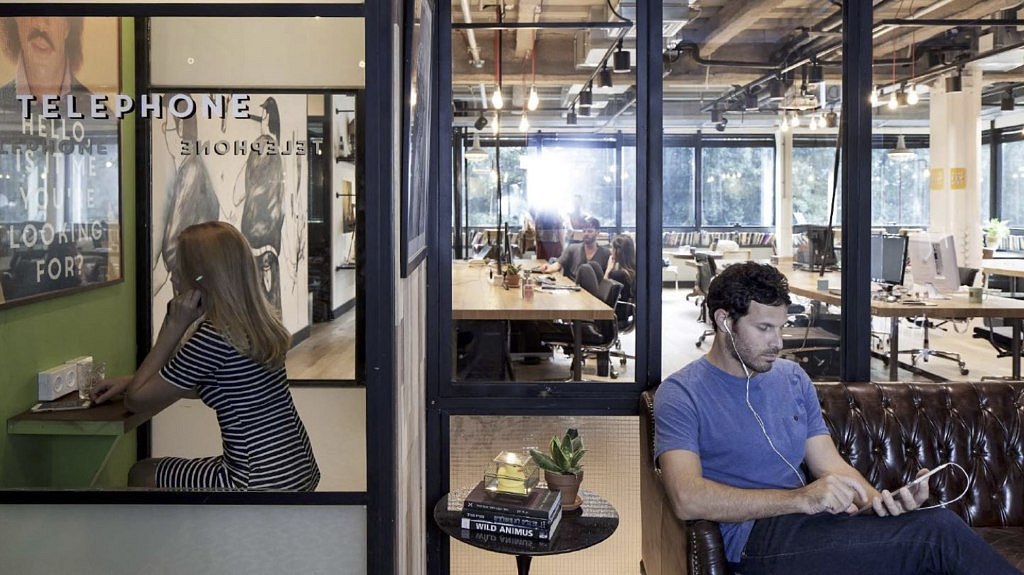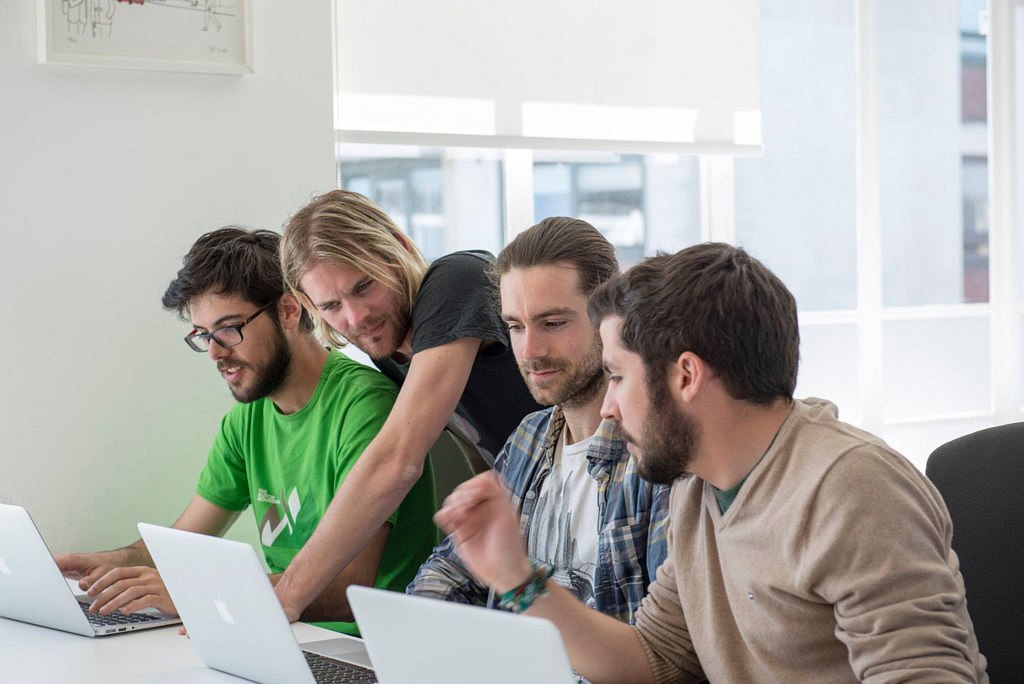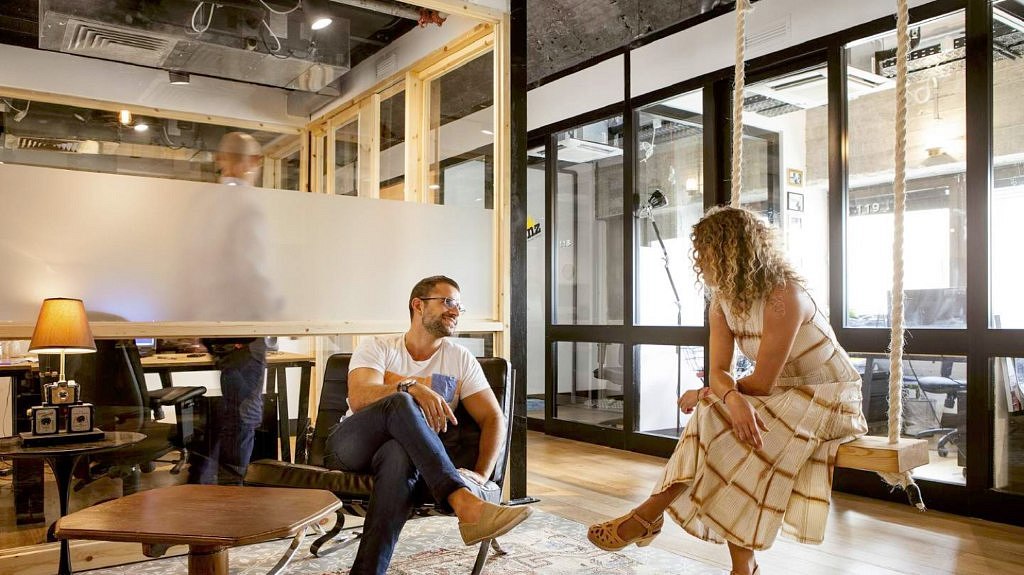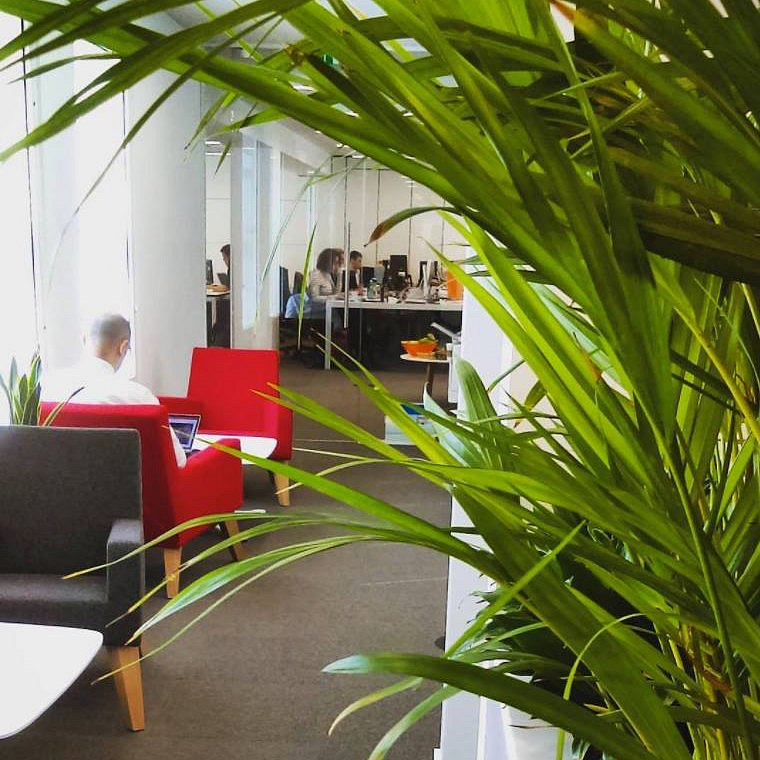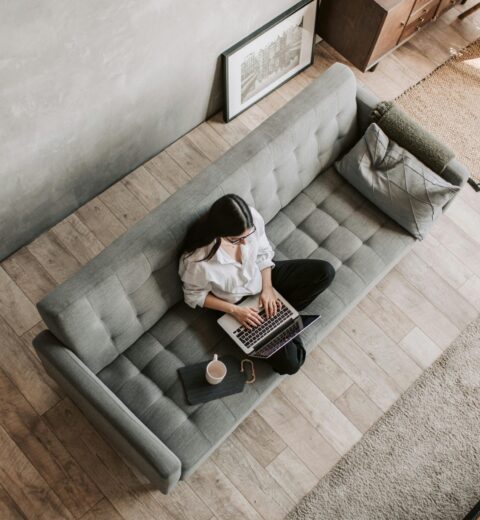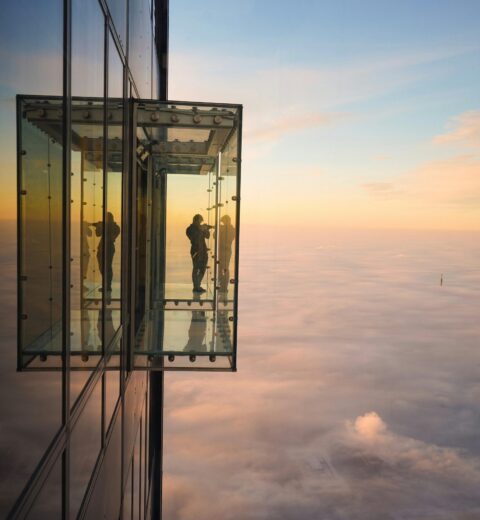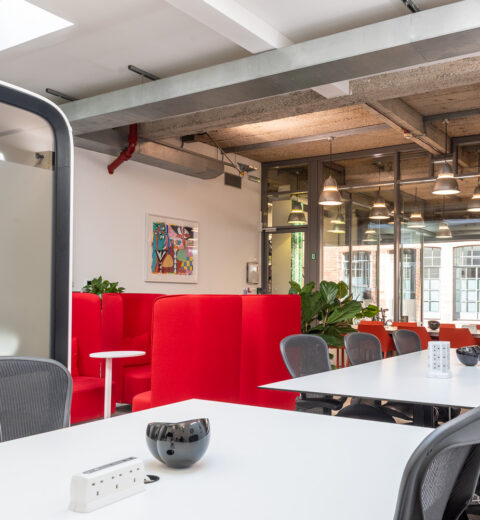The Shrinking Office :: Why the Workplace is Getting Smaller
There is a particularly notable trend in today’s business culture toward the “shrinking” of office spaces. For the last several years, this pattern hasn’t only made an impact in the physical workplace, but also how people work and are being managed, the technologies that enable their everyday tasks, and how each company employs the workplace for its own ends.
We have identified three main reasons why offices are getting smaller and evolving into more flexible and collaborative spaces.
New generations and technologies encouraging agile working
Generational changes in the workplace combined with new advancements in technology are inspiring fascinating changes in the way we work. Cellular offices are being replaced by more flexible spaces that inspire a more agile way of working, encouraging collaboration and using technology to keep up with today’s fast-paced society.
Currently reshaping the workplace, is the so-called millennial generation, born between 1980 and 2000. Driven by vocation, flexibility and work-life balance, these individuals are estimated to make up 50% of the global workforce by 2020. This generation has shown to be more productive in collaboratively designed and flexible working spaces. Their relationship with technology is influencing work styles and communication methods. Simultaneously, their expectations that working environments be interactive and technology-enabled is leading to a change in today’s business culture.
We are living in a new era where a growing number of companies, large and small are exploring to incorporate the coworking concept to maximise the potential of their businesses. Initially, the trend emerged as a startup phenomenon, pioneered by entrepreneurs and freelancers. However, it is now being adopted by more and more organisations who encourage flexible and collaborative working models to motivate and increase employee productivity.
There are a number of growing specialist providers offering flexible solutions across the globe. In 2002, eOffice was the first operator in Europe to offer open-plan furnished workspaces. Their vision was to provide growing businesses with cost-effective, collaborative and inspiring workplaces. They currently run three spaces in London and manage an international network of over 260 independent coworking spaces. Meanwhile, a similar concept was launched in Sweden by United Spaces, who opened the first coworking space in Stockholm. But it wasn’t until 2005 that the first official coworking space opened its door in San Francisco. Spiral Muse was a non-profit co-op offering only 8 workstations with free WiFi, community lunches, meditation breaks, massages, and bike tours. Even though Spiral Muse closed after one year, the coworking field continued on an upward trajectory. Today there are over 13,000 coworking spaces operating worldwide and the number of individuals using them is growing steadily and is predicted to surpass the one million mark by the end of 2017. New chains have emerged, offering slick operations such as WeWork, who opened its first location in New York City in 2010 and is currently valued at approximately USD $17 billion.
Nowadays, also big global companies such as Philips, IBM, and Lego are implementing the coworking model to encourage innovation and creativity. Naturally, there are some who find that the disadvantages, such as lack of privacy and dedicated space are not worth the trade-off. Nonetheless, this trend plays a significant role in the evolution of the workplace.
Reducing business costs
One of the easiest ways to cut business costs is by downsizing in office space. Some might be concerned that a smaller office will negatively impact productivity. However, smaller workspaces can also be beneficial to work performance. An increased density in the workplace has been found to improve interaction and consequently boost productivity.
Many businesses started moving to a more collaborative office culture that has had a side benefit of space savings. According to an article from The New York Times:
“By changing the layout, allocating less space per person, and no assigned seats, it is possible to fit as much as three times the number of employees”
There are other factors at play in the push to make workspaces smaller. We’ve mentioned how younger generations and new technologies are leaning toward more collaborative and flexible ways of working. Employees are in and out of the office more often than they used to. According to CoreNet Global, around 60 percent of a company’s desks are vacant at some point of the day, because workers are either on the road or in meetings. Technology also plays an essential role to understand why offices are getting smaller and changing their floor layout. The use of laptops and mobile phones allows employees to become increasingly mobile, making it possible to eliminate some seldom-used desks or turn them into smaller workstations or shared spaces.
Workplace design to boost wellbeing and productivity
According to the American Society of Interior Designers, physical workplace design is one of the most important factors which affects productivity and job satisfaction. Over the past decade, there’s been a big interest in workplace trends boosting productivity and collaboration between employees. Informal meeting spaces and comfortable common areas where workers can plug in laptops are becoming a standard feature, and aesthetically pleasing offices are now considered “a given”. The new trend now is personalisation. Instead of relying on seasonal colours or trendy furniture selections, companies now look for a workplace that communicates their own DNA, a space that translates their workstyles, strategies, business needs, culture and core values into a physical setting.
Workplace design does not refer only to space planning and colour selection. Air quality, natural light, thermal comfort, acoustics and ergonomics all play an important role for their capacity to enhance productivity, increase employee satisfaction and reduce absenteeism.
Today’s workers welcome the ability to have the flexibility and freedom to seek out a quiet place to concentrate, to “jump-in” a meeting room for private conversations and phone calls, or to work comfortably from a breakout area in a relaxed atmosphere.
